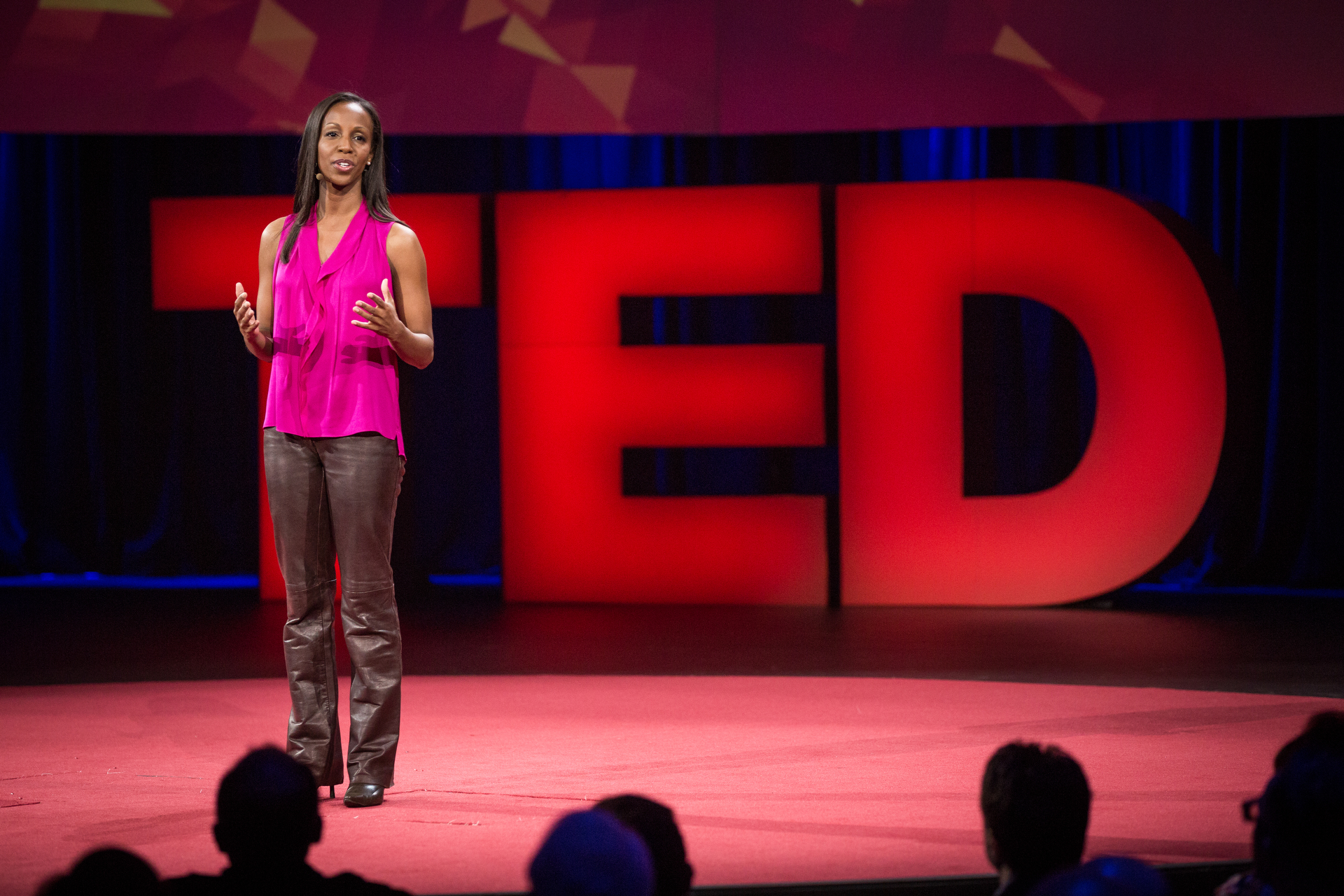Art historian Sarah Lewis’s first job was at the Museum of Modern Art. While there, she was entranced by an exhibit of works by the artist Elizabeth Murray. So Lewis was intrigued to hear from the painter that she felt several pieces hanging on the walls fell short. For one piece, Murray confessed that she’d found it so detestable that she threw it in the garbage. It was her neighbor who saw it as something valuable, and rescued it from the trash.
“In that moment, my view of success and creativity changed,” says Lewis. “I realized that success is a moment, but what we’re always celebrating is creativity and mastery. We often want the moment of completion, but what really propels us is the unfinished.”
So how do we move from success to mastery? Lewis, whose book The Rise: Creativity, the Gift of Failure and the Search for Mastery comes out this month, has thought about this a lot. And to her, it has to do with focusing not on outcomes or goals, but on a constant pursuit.
To explain what she means, she brings us to a varsity archery practice at Columbia University. For hours, archers there aimed for the 10 ring, which from a distance “looks as small as a matchstick.” These archers would get close, closer, and then miss the target altogether. And yet they stayed, aiming and shooting over and over and over. “I was witnessing what’s so rare to glimpse — the pursuit of excellence,” says Lewis. “Success is hitting that 10 ring. But mastery is knowing it means nothing if you can’t hit it again and again.”
Lewis points out that Cézanne found many of his works so incomplete that he only signed 10% of them. Kafka wanted all of his manuscripts burned upon his death. Duke Ellington always said that his favorite song was the next one, in other words, one he hadn’t written yet.
“The pursuit of mastery is an ever-onward almost,” says Lewis. “Mastery is in the reaching, not in the arriving.”
So how do you keep reaching? Lewis says that it’s about embracing the “near-win.” Studies on Olympic athletes reveal the motivating power of the near-win, she says. While a bronze medalist often feels lucky to have made the podium at all, the silver medalist has a special fire because they didn’t win—but came so close. Lewis says it’s these silver medalists whose focus stays fixed on the next competition. “Success motivates us, but a near-win can compel us in an ongoing quest,” says Lewis.
The near-win changes our view of the landscape, says Lewis. Instead of our dream being far off the edges of the painting, suddenly it comes into view and is butted right up next to us. It allows us to think in a detailed, step-by-step way about our work.
She brings us back to those archers, and their coach. He admitted to her that he and his colleagues often feel like there is never enough they can do for their athletes — that no quantity of drills can help them muster up the motivation to push past near-wins. “It was a tender admission, a way to say he knew he was giving himself over to a path that would always need more,” says Lewis. And this is where we all should be.
It sounds a touch depressing, but Lewish ends with an inspiring thought.
“Coming close to what you thought you wanted can help you attain what you never dreamed you could,” she says. “Completion is a goal, but we hope it is never the end.”

Comments (3)
Pingback: 4 Life Lessons from Top Entrepreneurs - Eluminati
Pingback: Tiff’s Digs | July 23 2014 | Tiff(dot)com